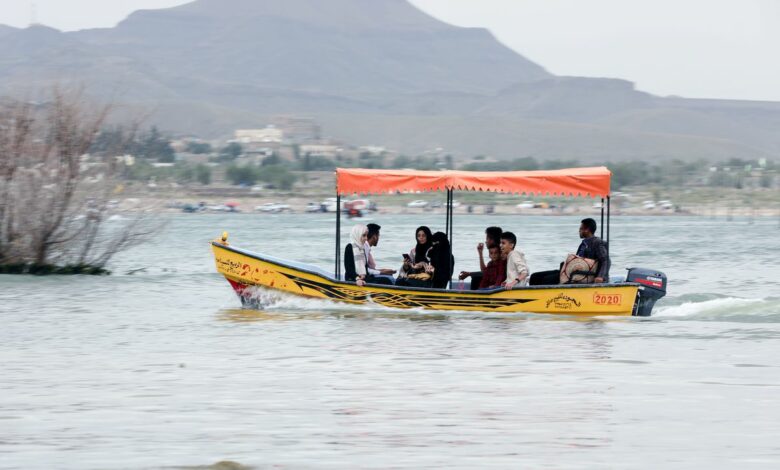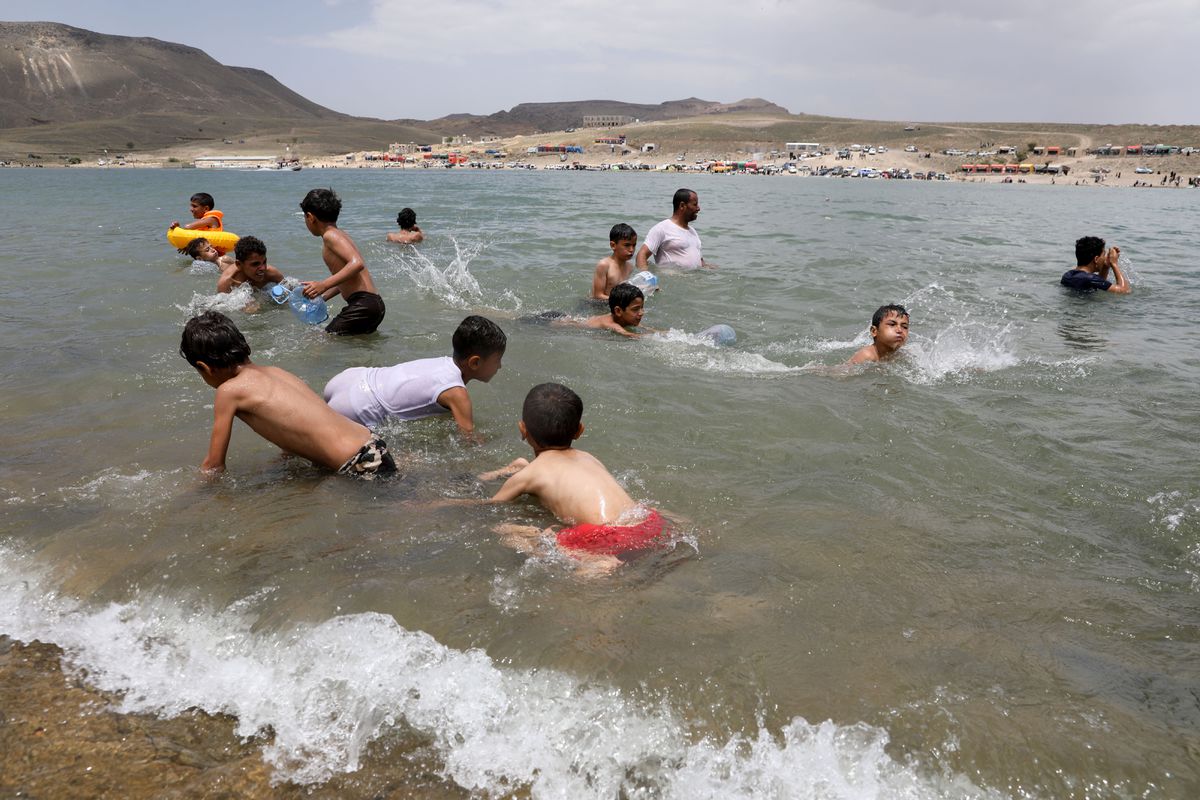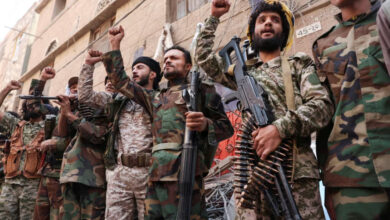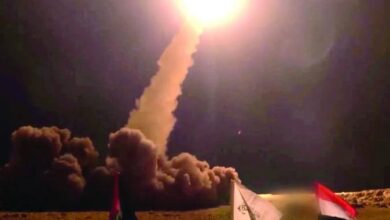
A countryside dam outside the Yemeni capital Sanaa provides the city’s residents with a rare distraction from the six-year civil war that has left many facing poverty and hunger.
Jet skis and small boats ply the water. Children scream and shout with joy as they jump in and out of the lake, a one-hour car journey from Sanaa.

“Families and children find relief in this place and take some respite from city congestion,” said Muhammad Ismail Zabibah who escaped the crowds of the capital, which have swelled in recent years as people flee violence elsewhere in Yemen.
Sanaa and most of northern Yemen is currently held by the Huthi movement, which ousted the internationally recognized government from power in late 2014, prompting a Saudi Arabian-led military coalition to intervene.
The ensuing war has created what the United Nations describes as the world’s biggest humanitarian crisis with some 80 percent of the country’s population of 29 million requiring aid and 13 million facing starvation.
There are limited tourism options. Sanaa airport is closed to non-United Nations flights and internal travel is severely constrained by fighting.
Yemen, with a semi-arid climate and seasonal rains, was already a severely water-stressed country even before war displaced millions and fuel shortages reduced underground water pumping. It relies on dams, some from ancient time, to store rain for later use. Some of those dams have become popular meeting places where families can relax.
Zabibah said Sanaa, known for its UNESCO-listed Old City with distinctive brown and white mud brick houses that date from before the 11th century, needs more leisure opportunities like this.

The lake, strewn in places with rubbish, just needs some attention to become a great tourist spot, said Ahmed Abdul-Malik al-Matari, tipping his toddler into the lake.
Local leader Ali Hassan Al-Siyani hopes that with some investment they will one day be able to provide shades, lights and food outlets.




